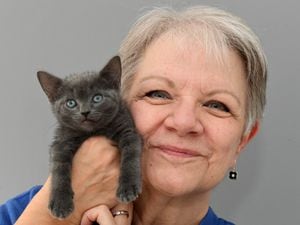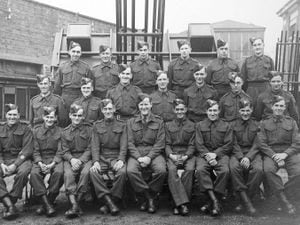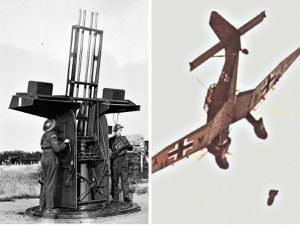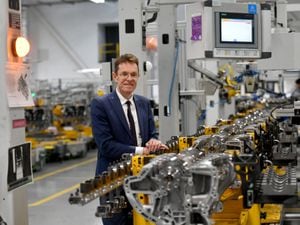Wolverhampton workers' Defiant response to Hitler's raiders
As the Battle of Britain raged, an aircraft crafted thanks to the skills of Wolverhampton workers took to the skies to face the might of the Luftwaffe.

Because along with the legendary Spitfire and Hurricane, there was another flying fighting machine which carried a few of The Few into battle.
And the story of the Defiant turret fighter is told in a new illustrated history written by Wolverhampton aviation historian Alec Brew.
"The Defiant is the highest profile product of Boulton Paul Aircraft, and represents the most visible contribution to the war effort by Wolverhampton and the Black Country, whose citizens are rightly proud of the aircraft they built," he says.
The Defiant was, like the famous Spitfire and Hurricane, a single-engined fighter, but with one major difference. While they had a battery of eight machine guns in the wings, the Defiant carried its four machine guns in a revolving turret behind the pilot.
This added weight and drag, making the Defiant slower, and also meant of course the need to carry an air gunner to fire the guns.
The traditional narrative of the Defiant's operational performance has it that after some initial success because German fighter pilots were taken by surprise by its guns being able to fire backwards, the Defiants began to suffer severe losses which quickly saw them withdrawn from the battle and put to use as a nightfighter instead.
However Brew says: "I have spoken to many ex-Defiant aircrew over the years, and not one of them had a bad word to say against it.
"Those who flew with 264 Squadron, which undertook all but one of its combats in daylight, saw no reason for the type to be taken off day fighting. They totally believed they could hold their own against Bf 109s, and the records show that they were right.
"Another myth associated with the aircraft was that it was 'relegated' to night fighting. There was no 'relegation' at the end of the Battle of Britain because, as the nights lengthened in the autumn of 1940, the Luftwaffe switched to night bombing.
"The night skies were now the front line and the Defiant had not only been designed from the outset as a nightfighter, but through the dark months of the Blitz it proved to be the best available at the time."
In the nightfighter role Defiants – including some which were based for a short time at RAF Tern Hill in Shropshire to catch German raiders – scored some successes, but were to be superseded by twin-engined, radar-equipped nightfighters like the Beaufighter and Mosquito.
Afterwards the Defiants proved useful in a number of less spectacular roles, including electronic countermeasures, air sea rescue, towing targets, and for the development of ejection seats.
On May 11, 1945, a dummy was successfully ejected from a Defiant.
"This was the first ever use of a British ejection seat in flight," writes Brew.
In preparing the book "Boulton Paul Defiant" – published by Amberley and costing £14.99 – Brew has been able to tap into an invaluable photographic resource.
"More than anyone else I have to thank Paul Strothers, then managing director of Dowty Boulton Paul Ltd, for access to the company's archives, and in particular the photographic department, which contained 20,000 negatives.
"When I was writing my history of the company he gave me permission to make full use of it."
The passage of time has proved far more deadly to Defiants than the Luftwaffe. Of all the aircraft turned out by the factory at Pendeford, today there is only one left, which can be seen at the RAF Museum at Cosford, not far from the aircraft's Wolverhampton birthplace.





